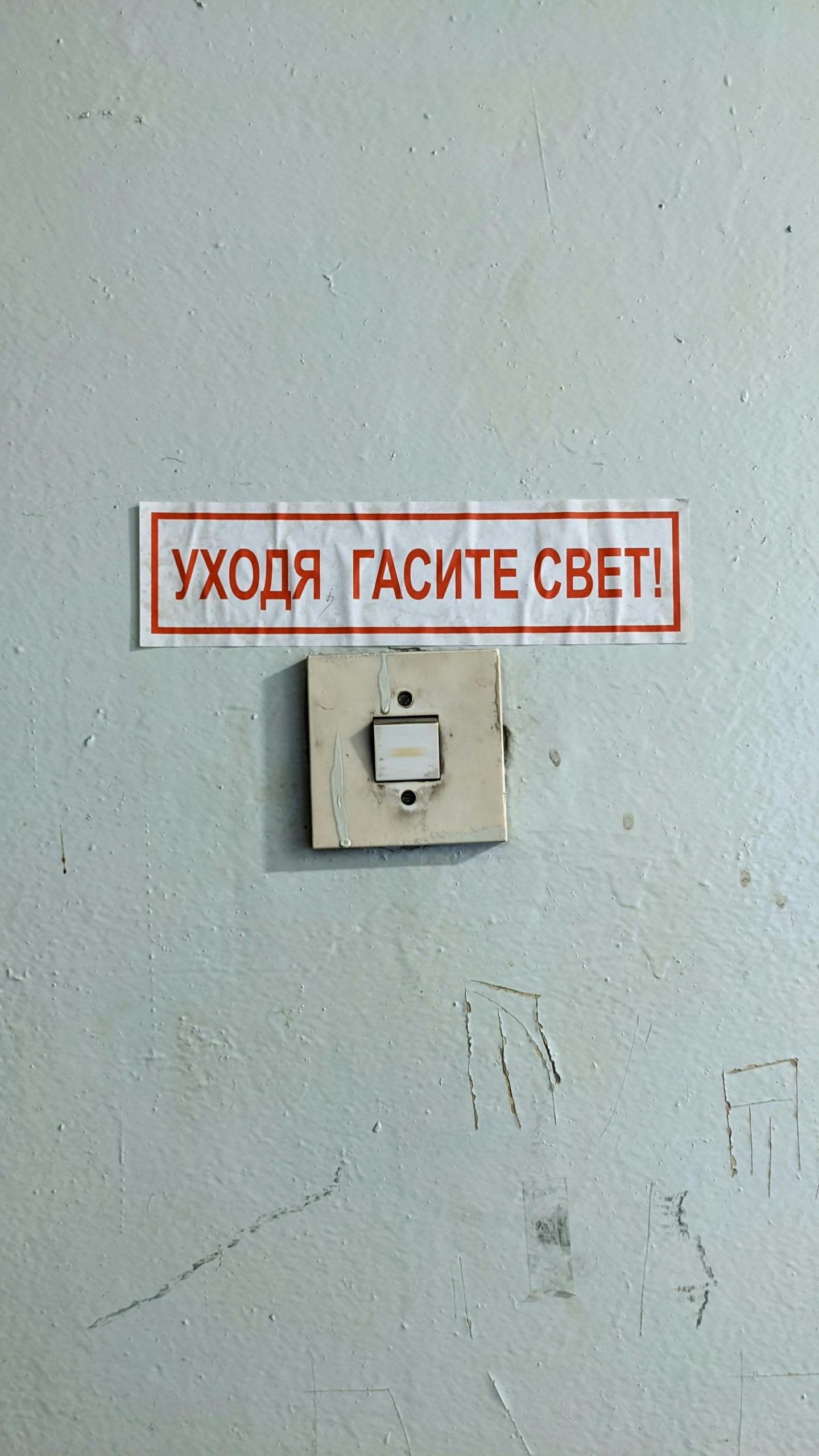With rising energy costs and growing environmental concerns, finding ways to save electricity has never been more important. Whether you’re looking to cut down on utility bills or reduce your carbon footprint, small changes can make a big difference. From simple behavioral adjustments to smart home upgrades, these life hacks will help you conserve energy without sacrificing comfort.
Optimize Your Lighting for Efficiency
Lighting accounts for a significant portion of household electricity use, but with a few tweaks, you can drastically reduce consumption.
Switch to LED Bulbs
LED bulbs use up to 80% less energy than traditional incandescent bulbs and last much longer. While they may cost more upfront, the long-term savings on your electricity bill make them a worthwhile investment.
Use Natural Light Whenever Possible
Open curtains and blinds during the day to maximize sunlight. Arrange workspaces near windows to reduce the need for artificial lighting. Light-colored walls and mirrors can also help reflect and amplify natural light.
Install Motion Sensors or Timers
Motion-activated lights ensure that lights are only on when needed, making them ideal for hallways, garages, and outdoor spaces. Timers can also help automate lighting schedules, preventing unnecessary usage.
Smart Heating and Cooling Strategies
Heating and cooling systems are among the biggest energy consumers in a home. Implementing these strategies can lead to substantial savings.
Adjust Your Thermostat
Lowering your thermostat by just a few degrees in winter and raising it in summer can save energy without compromising comfort. A programmable or smart thermostat can automate these adjustments based on your schedule.
Seal Leaks and Insulate
Drafts around windows, doors, and ducts can cause energy loss. Use weatherstripping, caulk, or insulation to seal gaps. Proper insulation in attics and walls also helps maintain consistent indoor temperatures.
Use Fans Wisely
Ceiling fans can help circulate air, allowing you to set your thermostat higher in summer. In winter, reverse the fan direction to push warm air downward. Just remember to turn fans off when you leave the room—they cool people, not spaces.
Upgrade to Energy-Efficient Appliances
Older appliances tend to be less efficient, so upgrading can lead to long-term savings.
Look for ENERGY STAR Ratings
Appliances with the ENERGY STAR label meet strict efficiency guidelines set by the EPA. From refrigerators to washing machines, these appliances use less electricity without sacrificing performance.
Unplug Devices When Not in Use
Many electronics consume standby power even when turned off. Unplug chargers, TVs, and other devices when not in use, or use smart power strips to cut off power automatically.
Maintain Your Appliances
Regular maintenance, such as cleaning refrigerator coils or replacing HVAC filters, ensures appliances run efficiently. A well-maintained system uses less energy and lasts longer.
Adopt Energy-Saving Habits
Small daily habits can add up to significant savings over time.
Wash Clothes in Cold Water
Heating water accounts for a large portion of a washing machine’s energy use. Switching to cold water for most loads can reduce energy consumption while still cleaning effectively.
Air-Dry Dishes and Laundry
Skip the heated dry cycle on your dishwasher and let dishes air-dry instead. Similarly, line-drying clothes or using a drying rack can save energy compared to using a dryer.
Cook Efficiently
Use the right-sized burner for pots and pans, keep lids on to retain heat, and consider using a microwave or toaster oven for smaller meals instead of a full-sized oven.
Conclusion
Saving electricity doesn’t require drastic lifestyle changes—small adjustments can lead to noticeable reductions in your utility bills. By optimizing lighting, improving heating and cooling efficiency, upgrading appliances, and adopting energy-conscious habits, you can lower your energy consumption while contributing to a more sustainable future. Start implementing these life hacks today and enjoy the benefits of a more efficient, cost-effective home.
